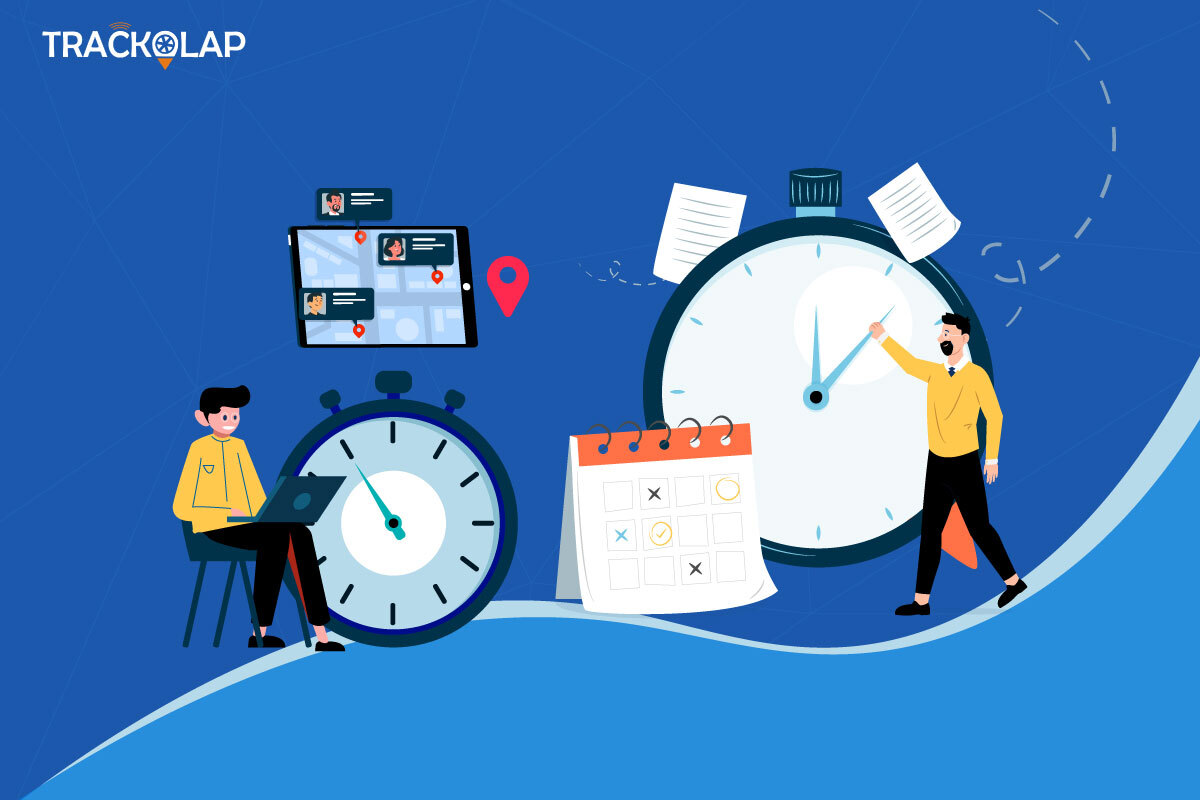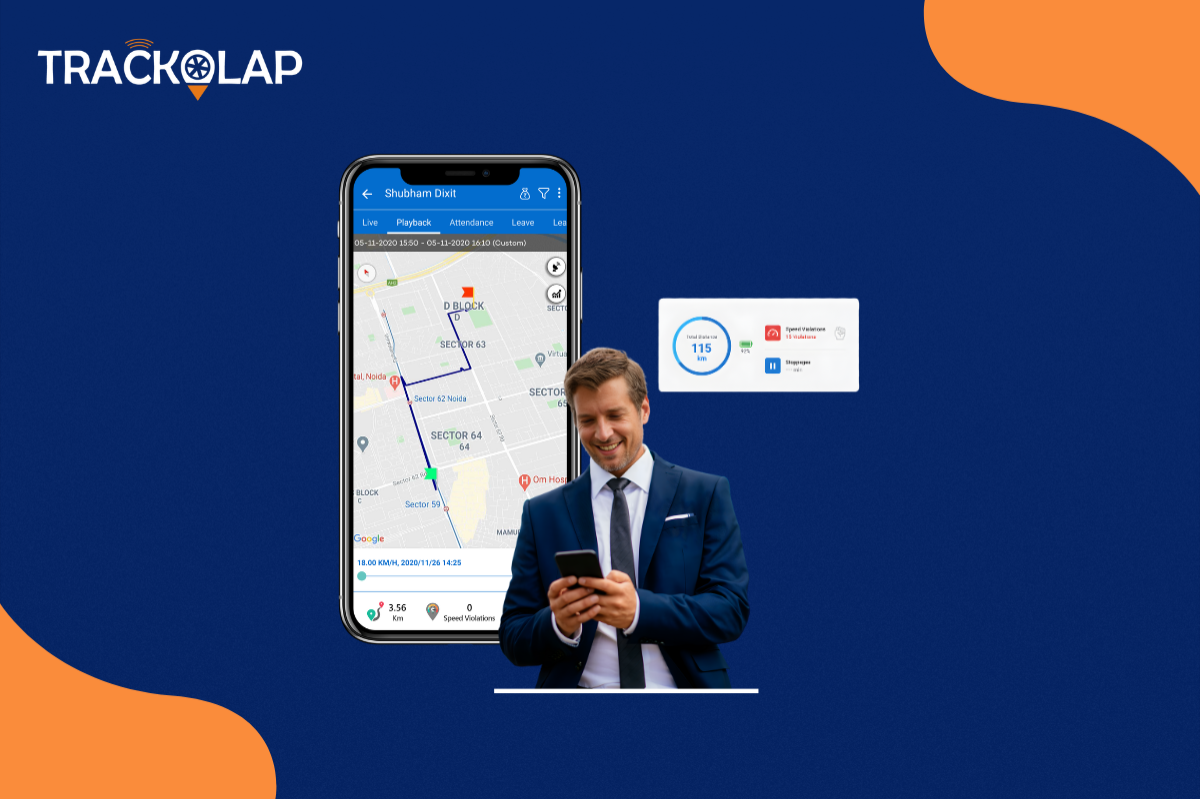
How to Track Ideal Hours of Employees With an Advanced Tracking System
In today's fast-paced business environment, accurately tracking the ideal hours of employees has become more crucial than ever. With the advent of technology and the rise of remote work, organizations need efficient methods to monitor and optimize employee productivity.
Tracking ideal hours not only helps ensure fair compensation but also enables businesses to identify areas for improvement, streamline workflows, and enhance overall efficiency.
According to recent studies, time tracking can have a significant impact on productivity. Research conducted by the American Payroll Association found that companies implementing time-tracking systems experienced a 20% increase in overall productivity.
Furthermore, organizations that actively monitor employee hours have reported reduced absenteeism, improved project completion rates, and enhanced customer satisfaction.
One notable example of an effective Employee time-tracking software is TrackOlap. TrackOlap is a comprehensive software platform designed to simplify and streamline employee time-tracking processes. Its user-friendly interface and advanced features make it a popular choice among businesses of all sizes.
For instance, let's consider an call-center agency using TrackOlap to track the ideal hours of their employees. With them, the agency can easily set realistic goals and communicate them to its team.
The software allows employees to log their working hours accurately, providing real-time visibility into each team member's progress. By analyzing the data generated by TrackOlap, the agency can identify areas of improvement, optimize resource allocation, and ensure that projects are completed within the designated timeframes.
As a result, the agency experiences enhanced productivity, improved client satisfaction, and ultimately, increased profitability.
In this blog post, we will explore the importance of tracking ideal hours, the benefits of accurate time tracking, and delve into practical steps for implementing and optimizing an effective time-tracking system.
We will also discuss the significance of clear communication, employee training, and the importance of adjusting ideal hours based on changing business needs.
By the end of this blog post, you will have a comprehensive understanding of how to effectively track the ideal hours of your employees, enabling you to drive productivity, improve efficiency, and achieve organizational success in today's dynamic work landscape.
What are Ideal Hours?
Firstly we’ll discuss ideal hours. Ideal hours refer to the predetermined or target number of hours that an employee is expected to work within a given time period. These hours are considered optimal for achieving productivity and completing assigned tasks efficiently.
Ideal hours may vary depending on factors such as industry standards, job roles, responsibilities, and the specific requirements of the organization. They serve as a benchmark for evaluating employee performance, workload management, and resource allocation.
The concept of ideal hours helps organizations set realistic goals and expectations for their employees. By defining ideal hours, employers can ensure that workloads are distributed evenly, deadlines are met, and resources are utilized effectively.
It's important to note that ideal hours should not be confused with actual hours worked or contractual hours.
Actual hours worked reflect the exact time an employee spends on tasks, while contractual hours refer to the agreed-upon number of hours an employee is contracted to work. Ideal hours, on the other hand, represent the target or desired number of hours that should be dedicated to work in order to achieve optimal productivity and performance.
Tracking ideal hours using staff tracking app provides valuable insights into employee efficiency, time management, and the overall health of a project or workflow.
By monitoring and analyzing ideal hours, organizations can identify areas for improvement, implement changes to enhance productivity and ensure that employees are working within expected parameters.
How to Track Employees’ Ideal Hours?
1. Define Ideal Hours:
Start by establishing what constitutes ideal hours for each employee or job role. Consider factors such as industry standards, workload expectations, and performance goals. Set a target number of hours that employees should ideally work within a specific timeframe (e.g., day, week, or month).
2. Implement Time Tracking Systems:
Choose a time-tracking system that suits your organization's needs. Options include manual methods like timesheets or digital tools such as time-tracking software or apps. Select a system like trackOlap that allows employees to accurately log their working hours and provides visibility for both employees and managers.
2.1 How to deploy TrackOlap’s time-tracking toolkit:
Set Up Employee Profiles: Begin by creating individual profiles for each employee within the TrackOlap system. Include relevant details such as employee name, job title, and any specific parameters or targets related to their ideal hours.
Define Ideal Hours: Determine the ideal hours for each employee based on factors like job requirements, industry standards, and organizational needs. Set the target number of hours they should ideally work within a given period, such as a day, week, or month.
Employee Time Logging: Instruct employees to log their working hours using TrackOlap . The software provides various options for time trackings, such as manual entry or using built-in timers and clocks. Employees can enter their start and end times or use the timer feature to track their work duration accurately.
Real-Time Monitoring: TrackOlap enables real-time tracking of employees' logged hours. Managers or administrators can access a centralized dashboard to view the time records of individual employees or teams. This allows them to keep track of progress, identify any discrepancies, and ensure that employees are meeting their ideal hours.
Reporting and Analytics: Utilize their reporting and analytics features to generate insightful reports based on employees' logged hours. These reports can provide an overview of individual and team performance, highlight areas of improvement, and identify trends or patterns in productivity.
Performance Evaluation: Evaluate employees' performance based on their adherence to ideal hours. With TrackOlap's data at hand, managers can provide feedback, recognize top performers, and address any issues or concerns related to time management and productivity.
Communicate Expectations:
Clearly communicate your expectations regarding ideal hours to your employees. Ensure that they understand the importance of time tracking and the benefits it brings to both the organization and their own performance. Provide guidelines on how to record time accurately and any specific requirements for your chosen time-tracking system.
Employee Training:
Offer training and support to employees on how to effectively use the employee tracking app. Familiarize them with the features, functionalities, and any specific processes or procedures. Address any questions or concerns they may have to ensure they are comfortable with the system.
Regular Monitoring:
Regularly review and monitor employees' logged hours. Keep track of their time records to assess their adherence to ideal hours and identify any patterns or trends. This monitoring can help you gauge individual and team performance, track progress on projects, and address any issues or discrepancies promptly.
Provide Feedback and Recognition:
Based on the data collected from time tracking, provide feedback to employees on their performance. Recognize and appreciate individuals or teams that consistently meet or exceed ideal hours. Use this feedback as an opportunity to discuss productivity, time management, and areas for improvement.
Adjust Ideal Hours as Needed:
Periodically reassess and adjust ideal hours based on changing circumstances, workload fluctuations, or individual performance. Collaborate with employees to set realistic targets that align with their capabilities and the organization's needs. Regularly communicate any changes to ensure everyone is aware of updated expectations
Final Words
Effective tracking of employees' ideal hours is crucial for optimizing productivity, ensuring fair compensation, and maintaining a healthy work-life balance. By implementing robust time-tracking app, organizations can gain valuable insights into employee performance, identify areas for improvement, and enhance overall efficiency.
One notable solution that simplifies the process is TrackOlap, a comprehensive software platform designed to streamline time tracking. With TrackOlap, businesses can set clear expectations, monitor employee hours in real-time, generate insightful reports, and make data-driven decisions to drive productivity and success
Let's say you have a software development company. By implementing a time tracking system like TrackOlap, you can track the ideal hours of your employees effectively. With them, you can set clear expectations for the number of hours developers should ideally work on specific projects or tasks.
This best employee tracking software allows developers to log their time spent on each task, providing real-time visibility into their progress. Managers can then review the logged hours, identify any deviations from the ideal hours, and make informed decisions to optimize resource allocation and project timelines.
This helps the company ensure that projects are completed on time and within the allocated hours, leading to improved productivity and client satisfaction.
Are you ready to streamline your time tracking and unlock the full potential of your workforce? Discover the power of TrackOlap today. Visit our website to learn more about how TrackOlap can revolutionize your time-tracking practices and take your organization's productivity to new heights. Sign up for a free trial or schedule a demo to see TrackOlap in action. Don't let valuable time slip away - track it with TrackOlap!






























 Back to Blogs
Back to Blogs










 D-5 Sector-59, Noida, Uttar Pradesh (India)
D-5 Sector-59, Noida, Uttar Pradesh (India) contactus@trackolap.com
contactus@trackolap.com 7011494501
7011494501










